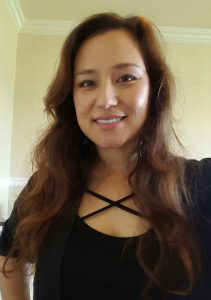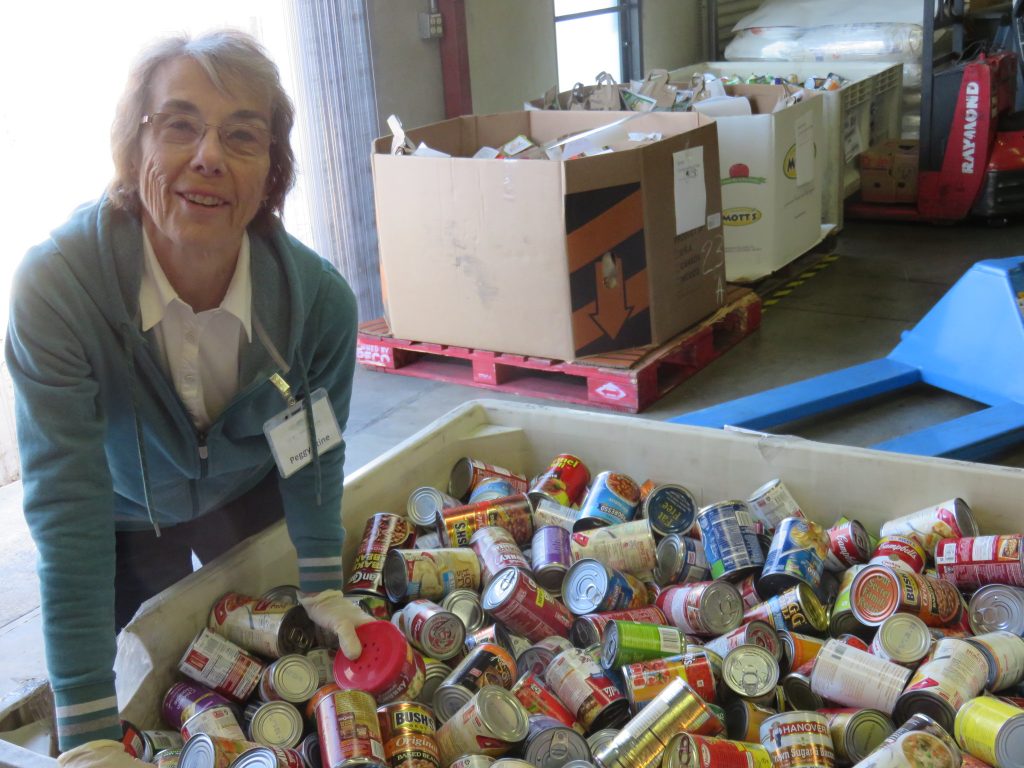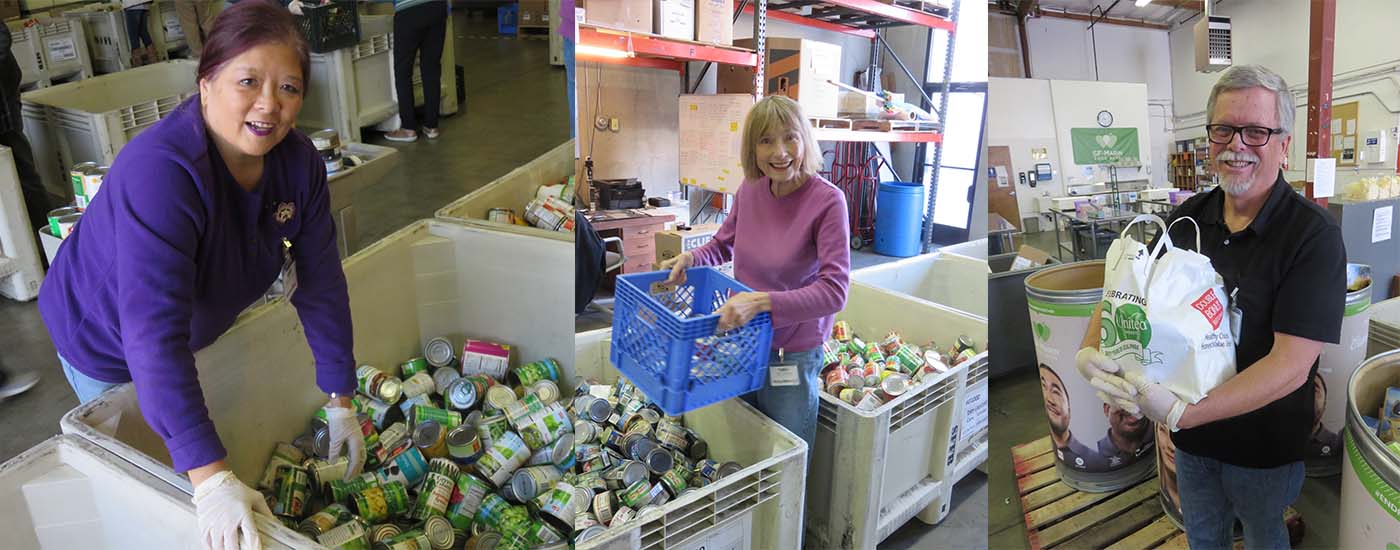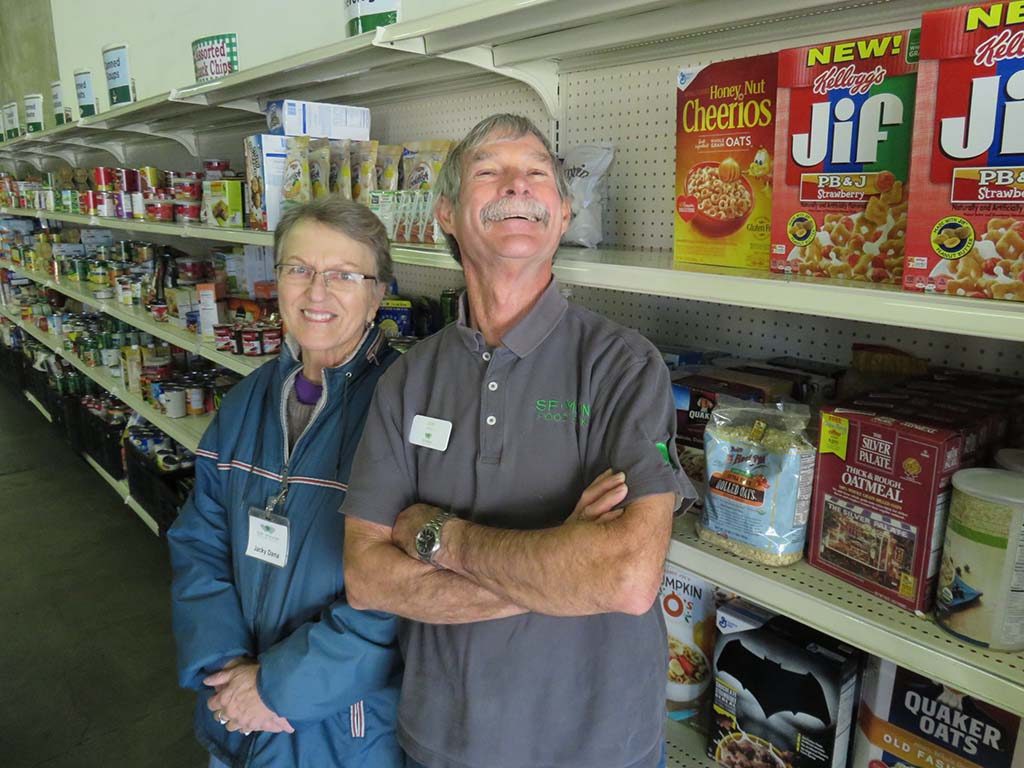Please forgive Amy Lawson if she seems a little “low-energy” at her next photo shoot. She has decided to disrupt her regular coffee habit for a cause.
The 41-year-old make-up artist recently worked on an ad campaign for the San Francisco-Marin Food Bank and was so impressed with the entire operation, and with the mission to feed people in need, that she couldn’t help herself: “I just had to become a donor.”
And it’s not just a one-time gift either. Due to her experience, Lawson now donates $10 every month and couldn’t be happier.
HOLD THE COFFEE
“It’s such a cliché’ yet it’s so true. With all the coffee I drink, its easy to see how cutting back on a couple of cups a month could really make a difference,” she said. “Even if it’s $10 dollars a month, you sometimes don’t know just how many people you could feed with that. Don’t get me wrong, a one time donation is great, but people are hungry all year long.”
Lawson learned at an early age that giving back is almost a duty. Her mother grew up in Korea right after the Korean War, and her father was the son of a coal-miner with 12 brothers and sisters.
“They both were extremely poor. My mother didn’t have any social-services programs where she grew up. And my father recalls eating cheese and Christmas hams provided by the government,” Lawson said. “They literally would have died if not for the generosity of others.”
Although she never experienced poverty herself, Lawson was always taught to be considerate of people who don’t have access to food.

ITS SO EASY
So here she is now, doing what a lot of people do when they want to give back. She’s skipping that latte’ and using the money to support her neighbors in need. “It’s easy to do, the money is automatically deducted out of my account each month, and I don’t even notice it, yet I know that it will impact someone else’s life so much.”
It certainly does. Ten dollars can be turned into 50 dollars worth of food at the Food Bank.
If you would like to become a monthly donor like Amy, visit our donate page here.


 I had decided to volunteer on a whim, choosing a slot open on the Food Bank website calendar. I assumed everyone did the same: once in a blue moon, we’d consider giving our time. The first day I turned up, I had no idea I was sorting, packing and stacking food alongside real experts. But I certainly admired Bryan’s skill as he rapidly assembled and taped boxes. Betty had mastered sorting slippery packages of frozen meat, and Peggy tirelessly leaned over and over again into a deep bin to retrieve heavy cans of beans. Mary had the wash-and-sanitize station under strict control. Jacky was there five days a week running the “shopping” area where small nonprofits come to choose supplies for their pantries.
I had decided to volunteer on a whim, choosing a slot open on the Food Bank website calendar. I assumed everyone did the same: once in a blue moon, we’d consider giving our time. The first day I turned up, I had no idea I was sorting, packing and stacking food alongside real experts. But I certainly admired Bryan’s skill as he rapidly assembled and taped boxes. Betty had mastered sorting slippery packages of frozen meat, and Peggy tirelessly leaned over and over again into a deep bin to retrieve heavy cans of beans. Mary had the wash-and-sanitize station under strict control. Jacky was there five days a week running the “shopping” area where small nonprofits come to choose supplies for their pantries.

Share